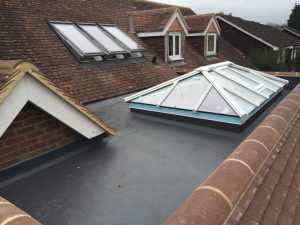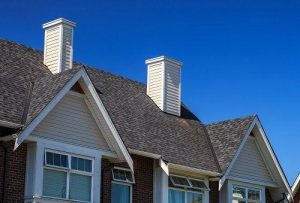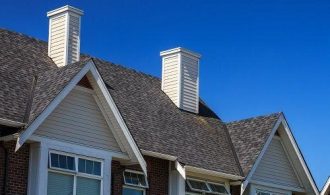A flat roof is never completely flat in the true sense. There should be a little pitch so that rainwater can drain away effectively. A flat roof, therefore, could have some degree of pitch. If you’re considering installing a flat roof, there are some pros and cons to check first.

You will want to consider whether it is for commercial or residential property, whether it’s an integral part of the roof structure of the building design, the style of the property and your budget. Here are some factors to consider on flat and pitched roofs:
Maintenance
Both types of roofs, flat and pitched need regular maintenance. Pitched roofs are generally more difficult to inspect and clean for obvious reasons. However, flat roofs typically require more maintenance throughout its lifespan. Flat roof drainage is not effective as a pitched one, for obvious reasons of gravity. Without checks and regular maintenance, flat roofs can be more susceptible to water damage, drain blockage and possible leaks. It must have a waterproof seal that will require continuous treatment to avoid potentially costly problems and repairs. For more information about Flat Roof Repair Bristol, visit a site like Aquagard, providers of Flat Roof Repair Bristol.

Cost
Having a flat roof often works out more economical than a pitched one, sometimes by as much as several thousand pounds. If you live in an area of significant rainfall though, you may have to increase spending for maintenance and repairs, so you’ll want to factor that into the equation.

